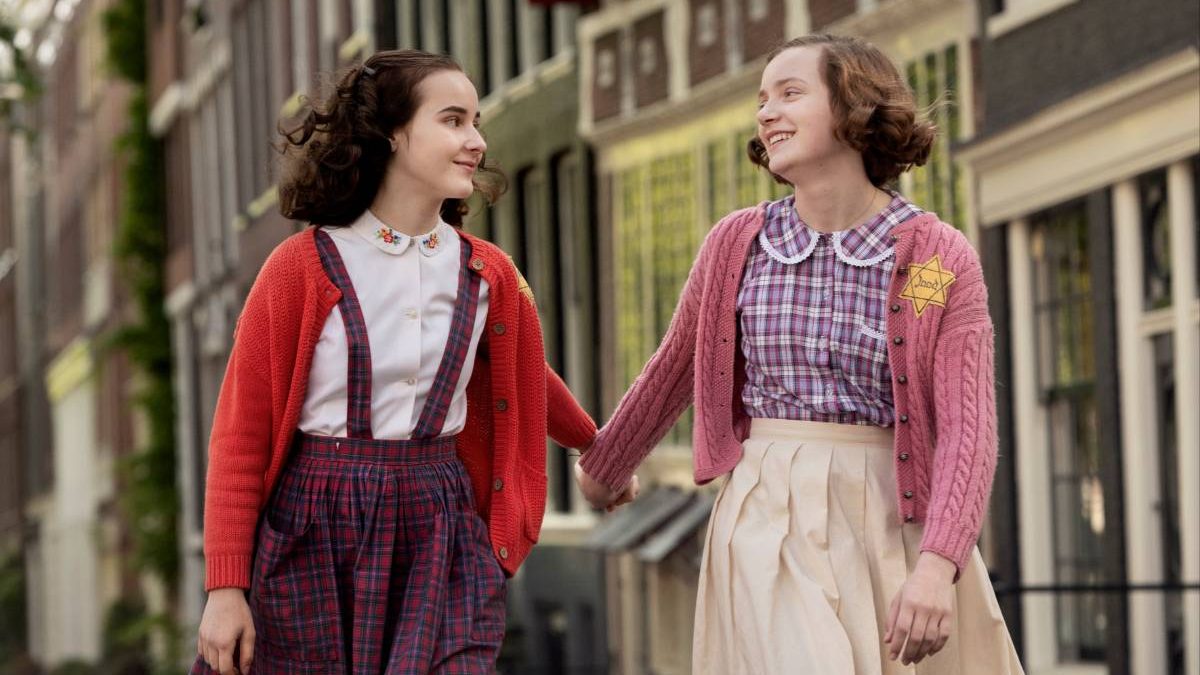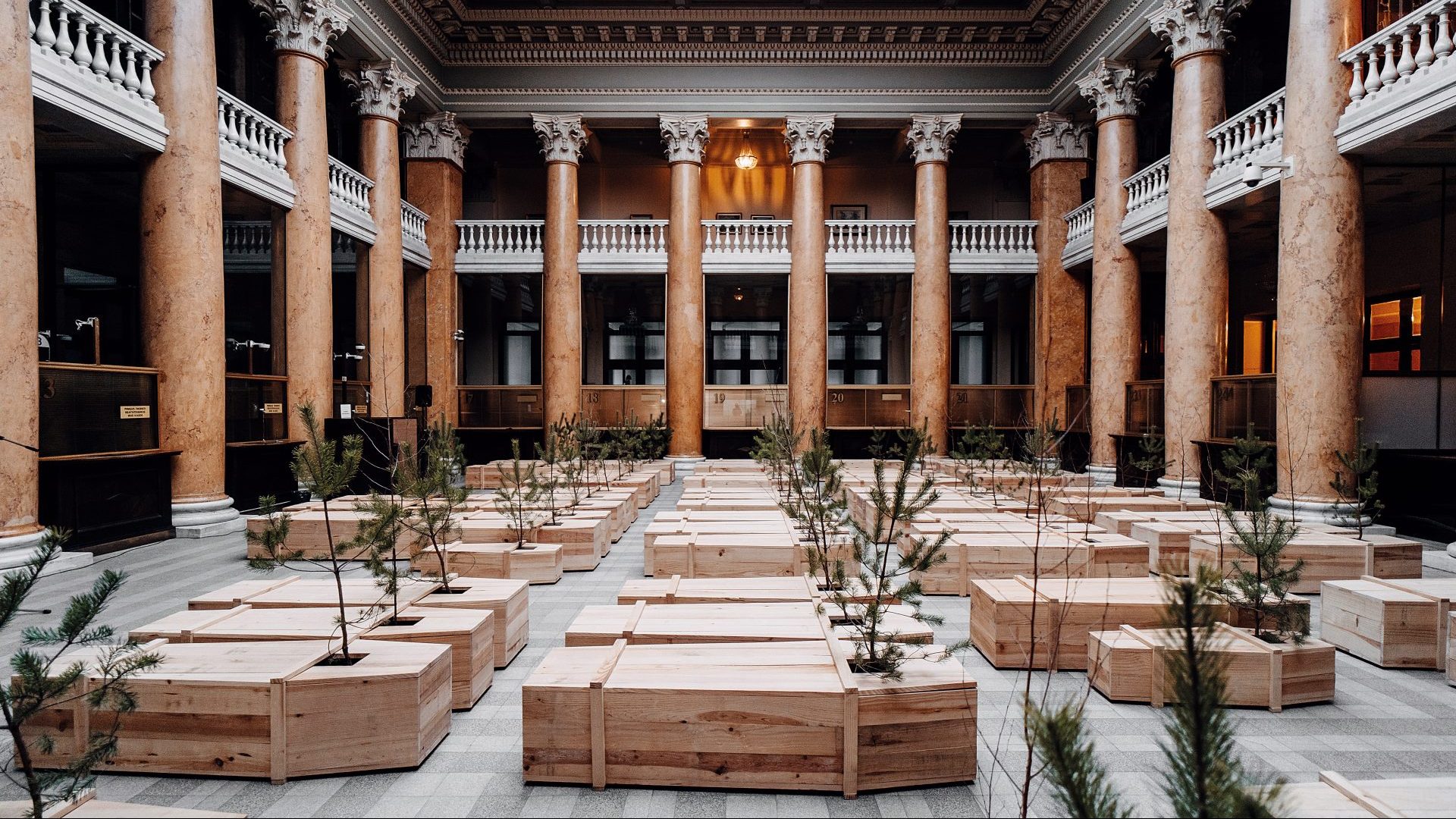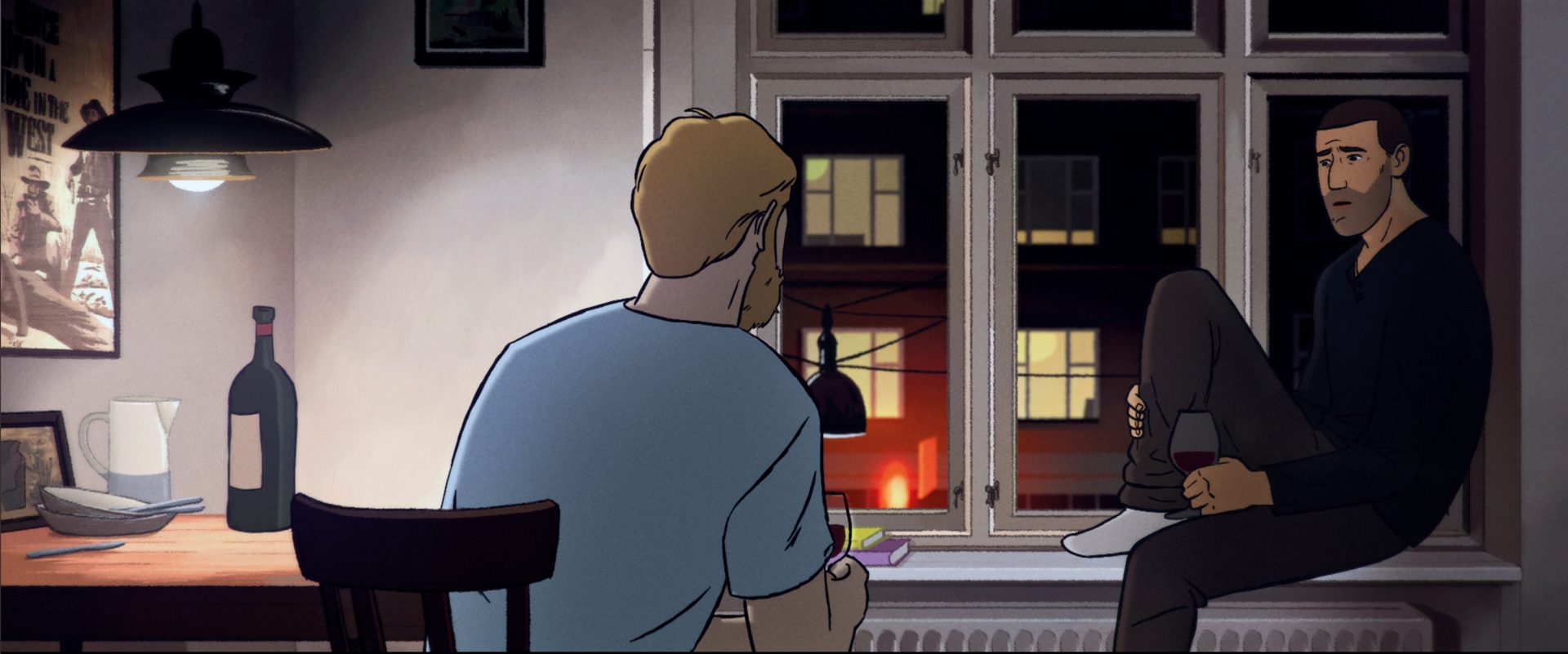Anne Frank’s diaries had an enormous impact on me, like so many others, when I read them aged ten. I barely knew what the Holocaust was at that stage, except that it was one of the worst things and that many people died because of it.
Anne’s diary became the enduring phenomenon that it is by cutting through the opaque enormity of an event so inconceivable that it’s impossible to hold it in your mind in a cohesive way. What her diaries reveal is a particularly sensitive, emotionally aware, and articulate young girl, but one who is at heart much the same as any child her age. Full of dreams and precocious wisdom one moment and full of adolescent spite the next. Cognisant of the dire situation her family has been forced into, yet full of what would transpire, distressingly, to be unwarranted hope.
Every individual who was killed had a complex inner life like Anne’s. In the face of our inability to truly conceive of that number of people being murdered, our intimacy with just one of them stands in for it instead.
Is this a good bargain to strike? Is it unfair to have the journals of one particular girl sum up the multitude of experiences the Holocaust encompasses? These are valid questions, ones I don’t have the answers to, but what does seem indisputable is that her diaries have the power to give younger people some footing, some key entry point into this most impossible of subjects to grasp. What and how they then go on to think about the Holocaust further may differ, but Anne’s diaries have been perhaps the most valuable resource in keeping such stories alive in the mainstream consciousness for successive generations.
A new Dutch film – the Franks lived in Amsterdam until their arrest – on Netflix called My Best Friend Anne Frank explores a facet of her story which is less typically focused on, her friendship with Hannah “Hanneli” Goslar. This gives us the chance for some further insight into Anne’s life before her time hiding in the annexe, and after it in the Belsen-Bergen concentration camp where she and her sister Margot would eventually die. Both these periods fall outside what was recorded in her diary.
Hannah Goslar survived the Holocaust, moved to Jerusalem and worked as a nurse. She contributed to many living memory projects and the writer Alison Gold interviewed her extensively for the 1997 book Memories of Anne Frank: Reflections of a Childhood Friend.
The film moves fluidly between she and Anne’s happy friendship in Amsterdam, sullied as their lives were by the increasing Nazi restrictions on their lives, and then into the future where they are briefly reunited under the worst circumstances, divided by a security fence in Bergen-Belsen. Hannah is in the comparatively slightly more privileged area of the camp, as her family held international passports and were therefore interned as political prisoners. Anne and Margot were not.
The Amsterdam scenes are aesthetically pleasant and brightly lit, and the concentration camp scenes are uniformly murky and darkly lit. I can see the visual logic of that, of course, but it is done to a sometimes unwise degree which tires the eye and doesn’t help what is quite a plodding, slow-watch experience. Technical troubles like this let the film down needlessly, another being the intermittent subtitles. I’m not sure if this was an artistic choice or just an error, but it does mean a couple of scenes are marred by waiting until you can understand them again.
The friendship between the two girls which forms the core and heart of the film is often fraught. Hannah (Josephine Arendsen) is the more innocent and naive. She is also hopelessly devoted to her friend. She follows Anne (Aiko Beemsterboer) wherever she wants to go, idling frustrated as boys and other friends distract her.
Anne is bold, forthright, charismatic and loud. She knows about sex, at least in a vague way, and isn’t afraid to be kissed. She abandons Hannah cruelly when some more worldly girlfriends come along, and torments her about her lack of sexual nous to the point where Hannah can’t stand it any more and has a tantrum. Frankly, the Anne in this film is sort of the worst.
Audience reviews have noted this, many saying they thought it disrespectful to paint her in a bad light. I think one of the really valuable things about Anne Frank’s diaries is that she does come across as a realistically annoying teenager instead of some sanitised saint. She has sexual impulses she doesn’t always understand, and she’s rude to her mother and jealous of her sister. It would be missing the point to try to make her into a different kind of person, to make it seem more poignant that she was killed. Nobody has to prove the injustice of their fate by having been perfect before it took place.
It’s worth saying, too, that the Anne we see here in Amsterdam is not the same reflective girl we come to know in her diaries. The stridence of her youth has yet to be taken from her.
This is a well-acted film with its heart in the right place. The reunion of the two girls, still so heartbreakingly young, is an amazing instance of happenstance and a remarkable vindication of the fierce loyalty of friendship. Hannah risks her life to throw food and supplies across the wall to an audibly distressed and sick Anne. One can feel their mutual agony at the separation, and the injustice of one being slightly better off than the other, that slight difference being the crucial one that defines survival and death.
All the same, there is an uncomfortable safeness to the film’s general effect. This is not a criticism of this film in particular. Any representation of the Holocaust which is unable or unwilling to attempt to show a glimpse of the constant obscenity in a real, brutal way is doomed to feel somewhat undercooked. This is a conundrum because we can’t show accurate portrayals of that kind to children, but we want to keep children aware of the past.
This film hasn’t found a way around that, but it’s a good reminder that Anne’s diaries themselves do.
My Best Friend Anne Frank is streaming on Netflix now.




